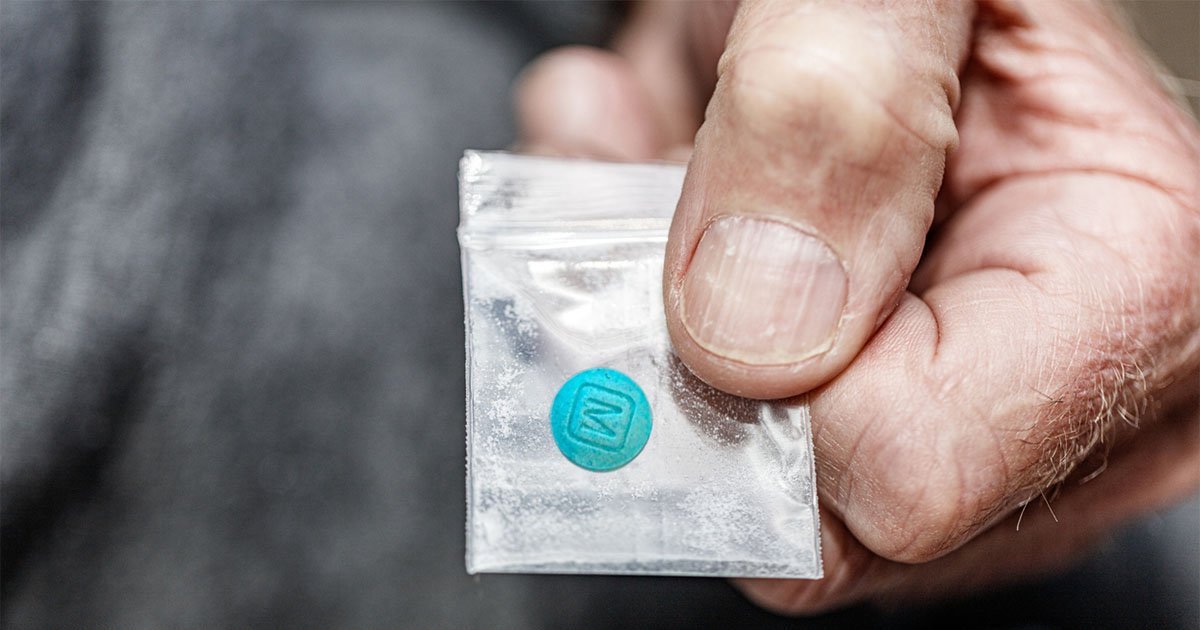The opioid crisis remains one of the most tragic and destructive U.S. public health crises, due in part to the unregulated drug supply, stigmatization and criminalization of people who use drugs, and structural barriers to overdose prevention. While all communities have felt the effects of the crisis, it’s been particularly devastating among Black, Hispanic, and Indigenous communities.
Massachusetts has been especially affected by the crisis according to data from the Massachusetts Department of Public Health. In that state, the age-adjusted rate of opioid overdose deaths (OOD) from 2019 to 2022 increased by 137% among non-Hispanic Black people, 44% among Hispanic people, and 27% among American Indian individuals, while remaining nearly unchanged among the non-Hispanic white population. In 2022, the OOD rates were 56%, 39%, and 327% higher respectively among these three racial/ethnic minority groups than their white counterparts, an alarming trend evident across the US.
Although the timely administration of overdose-reversal drugs like naloxone can prevent fatal overdoses, strategies to ensure the widespread distribution of naloxone have not been widely adopted. In particular, racial and ethnic disparities in access to naloxone have contributed to the opioid crisis’ disproportionate impact on communities of color.
A new study led by researchers at the University of Minnesota School of Public Health (SPH) explores this challenge. Using a novel simulation model, researchers evaluated the effects of two naloxone distribution approaches: a proportional distribution strategy that distributes naloxone kits in line with current practices and existing patterns, and an equity-focused strategy to achieve equal availability of naloxone. The study focused on communities in Massachusetts which have been especially hard-hit by the opioid crisis.
By analyzing how the two community-based naloxone distribution strategies would impact projected health outcomes in future years (2023-2025), the study aimed to assess which was more effective in achieving the goal of reducing OODs while addressing the increasing racial and ethnicities disparities in OOD rates.
The study, published in Addiction, found:
-

Xiao Zang While both strategies resulted in nearly identical levels of reduction in overall opioid overdose death rates by 2025, the equity-focused distribution approach achieved higher reductions in overdose deaths for Black and Hispanic populations than the proportional approach.
- By achieving a benchmark for naloxone availability of 80 naloxone kits per OOD, the proportional approach reduced opioid overdose death rates by 6.7% among white individuals, 6.5% among Black individuals, and 7.1% among Hispanic individuals. In contrast, the equity-focused approach yielded reductions of 5.7% for white individuals, but 11.3% for Black people and 10.2% for Hispanic individuals.
- The equity-focused model was also found to be potentially more cost-effective. Specifically, at the 80 naloxone kits per OOD benchmark level, the equity-focused strategy incurred a cost of $156,248 per OOD averted compared to $160,515 for the proportional approach.
“Health inequities in opioid overdose deaths have become more pronounced in recent years, and were greatly exacerbated during the pandemic,” says Xiao Zang, SPH assistant professor and lead author. “By demonstrating that an equity-focused naloxone distribution model can not only save lives, but also reduce health inequities, this study provides evidence that could guide policymakers and public health officials to develop equity-based strategies that ensure naloxone reaches communities most in need.”
“This study shows that an equity-focused strategy for distributing naloxone can reduce disparities at the same time we reduce overdose deaths,” says Alex Walley, MD, MSc, senior author of the paper. “To more fully address the overwhelming challenge of the opioid crisis, we need creative naloxone distribution strategies—including mechanisms like vending machines and mail order naloxone, as well as partnerships with trusted community organizations—to overcome barriers and improve access in underserved communities,” Walley says. Dr. Walley is a faculty member in the Grayken Center for Addiction at Boston Medical Center, Professor of Medicine at Boston University Chobanian & Avedisian School of Medicine and the Medical Director of the Bureau of Substance Addiction Services at the Massachusetts Department of Public Health.
Funding for the study was provided by the National Institutes on Drug Abuse (NIDA). Results of the study have been integrated into an online overdose surveillance dashboard used by the Massachusetts Department of Public Health to set targets for naloxone distribution across communities, and are being used to promote equitable access to naloxone across.
The research team also recently received a 4-year, $4.2 million grant from NIDA (R33DA062346, Multiple PIs: Xiao Zang, Brandon Marshall) to conduct further research on the issue. With the new funding, researchers will incorporate three new jurisdictions (Minnesota, Missouri, Nevada), expand the model to include broader harm reduction interventions, and include a new focus on implementation science to promote the use of the simulation modeling tool in decision-making processes.

